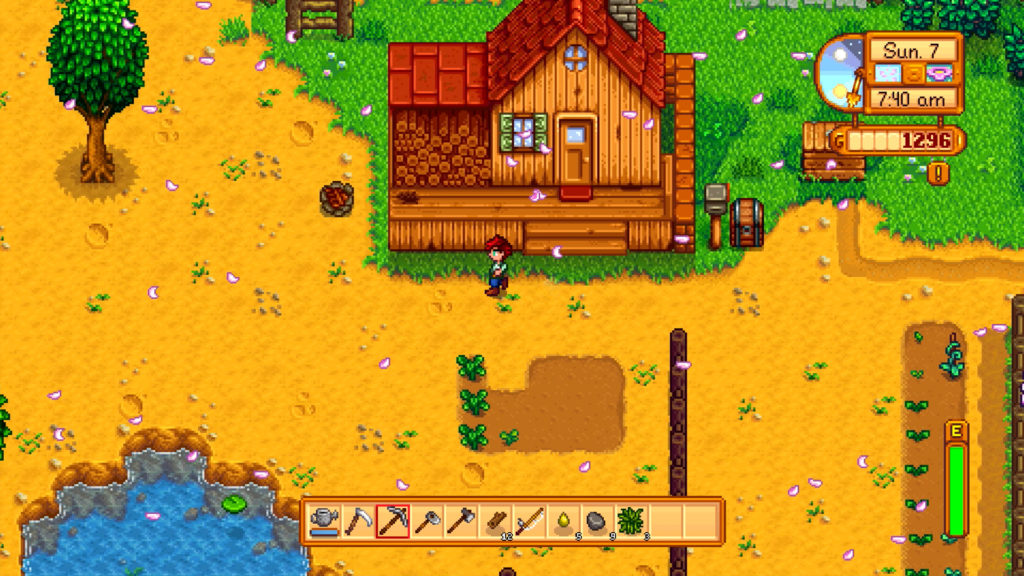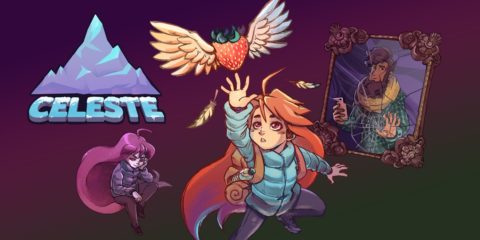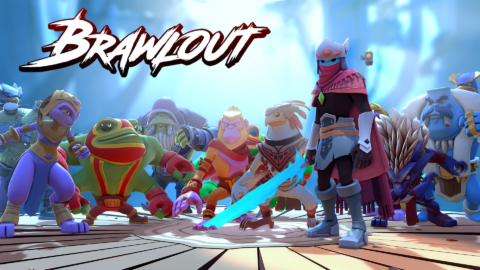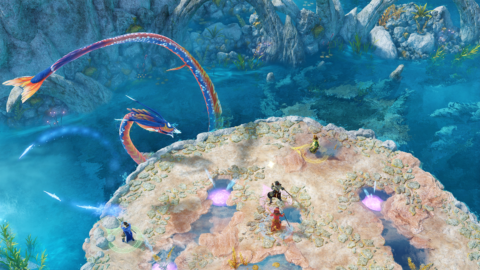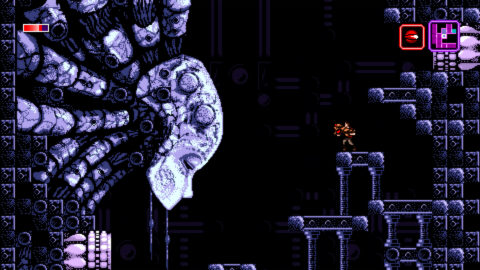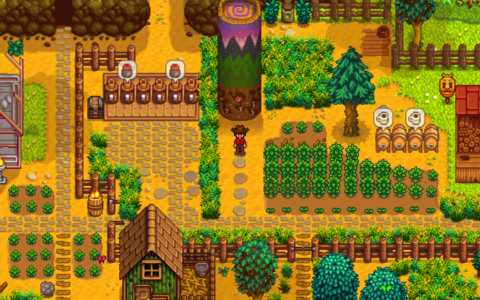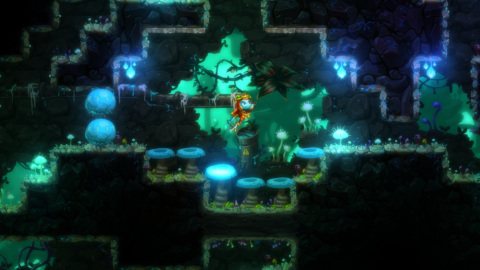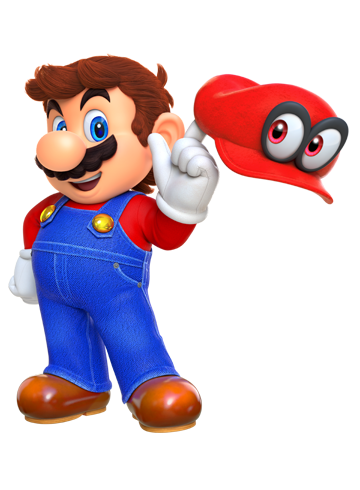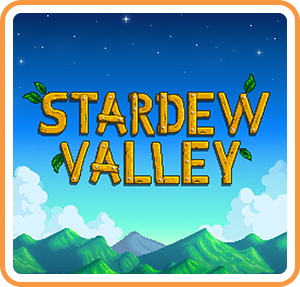
There’s an argument to be made that the Nintendo Switch’s hybrid nature shines brightest when playing two types of game. One being simple, arcade-style experiences that can be digested in short bursts and put down easily, a la Mario Kart or Arms. The other being those crazy-long, impossibly deep games with potential to absorb unwise amounts of time, like Breath of the Wild.
Stardew Valley falls safely into that second camp; a solution to the age-old “I just can’t put this game down” dilemma. Chucklefish has brought an engrossing, addictive experience over from PC and home-bound consoles into the mobile space, and it’s yet another example of how the Switch is changing the rules on what you can or can’t play on the go.
The Switch version of Stardew Valley runs beautifully in both handheld and docked modes, and doesn’t really lose anything when stacked against the other console versions. Loading and saving pumps the breaks on the game’s rhythm, and it definitely feels like a PC port at times. Still, small concessions do little to detract from the undeniable charm of this peaceful portable world.
Gather your tools
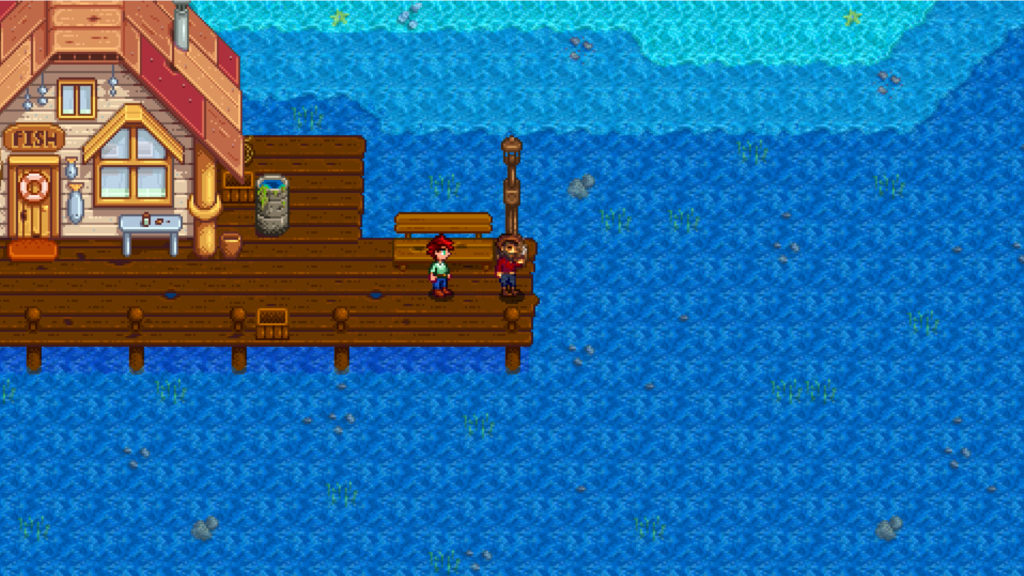
Stardew Valley has had a pretty long run, all things considered. What started as a Steam Greenlight title developed by one man, Eric “ConcernedApe” Barone, quickly won over fans and found homes on OS X, Linux, PS4 and Xbox, and as of now the Nintendo Switch.
Throughout all that time, the game has remained true to its core and managed to provide a pretty consistent experience for players on every platform. It’s great to see that the transition to the Switch hasn’t changed the game, but a little disappointing that some of the console’s more unique features weren’t brought to bear.
Right out of the gate, the game looks and feels great. Stardew Valley isn’t exactly the most visually ambitious game to hit the Switch, but still it’s good to see that porting the game to the relatively new Switch doesn’t seem to have changed much. Colors are still vibrant and transitioning between sections of the world feels organic and quick.
That performance seems to come at the cost of some noticeably increased save and load times, however. Stardew Valley only saves when your character turns in at the end of a hard day of farming (or fishing, or mining or…whatever, really.) When that time came, I was painfully aware of how long I found myself staring at a black screen before being greeted by the sunrise.
Once past the save/load cycle, however, the valley is yours. Interacting with items and NPCs is smooth and precise, and your tools are always close at hand so you can harvest what you need with reasonable efficiency. Some may find the controls a bit awkward at first, but this seems indicative of movement not being restricted to the same grid-based system that the world Is built on than any design issues.
Menus are fairly intuitive, and everything you need feels fairly close at hand. This is crucial, of course, because there’s quite a lot to interact with in Stardew Valley. I never felt overly encumbered by the inventory or crafting systems, and the UI is relatively clean and accessible.
That being said, the game’s PC roots are pretty visible here. A mouse cursor pops up with a click of the right thumbstick, and some UI elements can only be accessed by that cursor. Selecting items within a menu is simple enough, but options that exist outside the menu bounds can be a little awkward to access. It was never enough to break down the overall experience, but it did tend to break up the immersion in a few key places.
I can’t help but feel that integrating the Switch’s touchscreen could smooth things over here. Granted, incorporating touch isn’t a small request for a game like this, but I can’t help but feel this was a missed opportunity to set a precedent for the woefully underused touch capability of the Switch’s handheld screen.
The simple life
Despite a few hiccups, Stardew Valley is a solid performer on the Switch whether you prefer handheld or docked play. It’s a good thing to, because there’s an absolute treasure trove of things to do in this game. While there are a few specific goals and quests you can focus on, the game leaves you largely to your own devices as to how you spend your days, and the experience is all the better for it.
Things start off simply enough: bored with your workaday office job and stifling city life, you open a letter from your late grandfather to find he’s left you a farm in the titular Stardew Valley. Upon arrival, the town mayor and carpenter meet you to set the stage of a friendly community welcoming you with open arms. Once they take their leave, its up to you to fill your days: farming, gathering resources to build and expand, exploring, fishing, or mining to your heart’s (and wallet’s) content.
It’s clear from the get-go that Stardew Valley places more value on a relaxing, low-pressure experience than a measured grind towards a goal. Quests and semi-daily hints offer some structure, suggesting goals like buying storage space or adding expansions to your farm. There are also events tied into the game’s inherent time mechanics, offering monthly festivals and villagers’ birthdays to help you plan your time.
At it’s core, though, things are simple in the valley: farming grows crops, crops can be sold, and you can buy more seeds to start the cycle over. If that gets dull, visit the local sea dog for a fishing rod and spend an afternoon at the beach. If you want a bit more edge to your daily life, maybe there’s some swashbuckling adventure to be found.
The closer you look, the more the game unfolds. Calling the game a “simple” one is technically true: it’s pixel-art style is simple, the music isn’t complex or intrusive, and its mechanics can be picked up quickly with minimal fuss. But as you get a feel for it’s more basic aspects, you begin to realize how deep the game goes.
Gathering resources leads to bigger and better items you can craft. Crops have to be managed daily, and you’ll need to plan for their grow times and what season best agrees with each plant. Villagers have a daily schedule and their own preferences, and you can build relationships by interacting with them and bringing gifts. Performing different actions levels up that discipline each day, giving you access to more robust features…
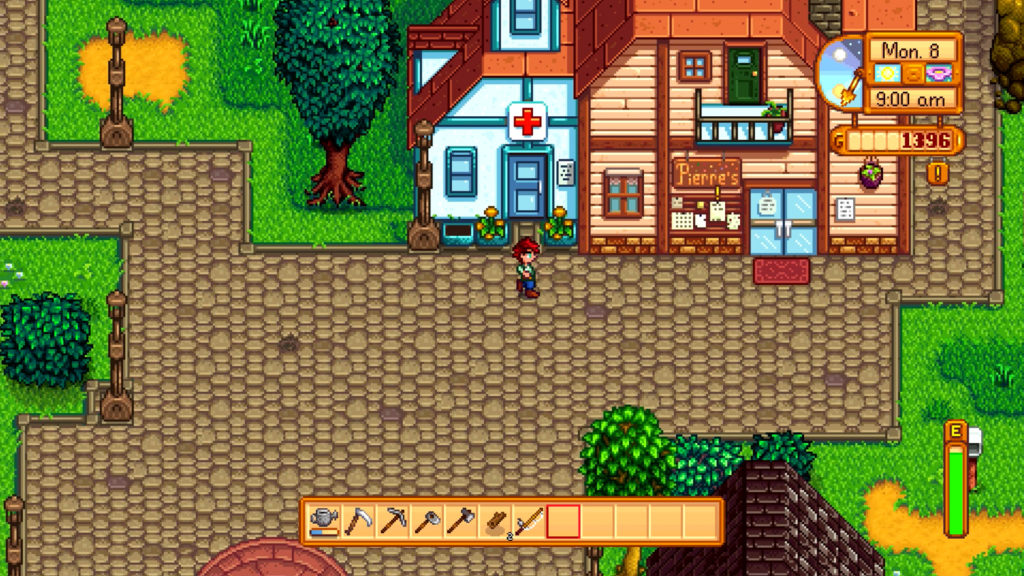
…and the days go by, one after another, as your farm and your roots in the community grow. By the time you realize what’s happening, Stardew Valley has you transfixed. You care about making it to the seasonal Egg Festival, and seeing all your friends there. Your farm takes on a life of it’s own, or you find yourself tens of levels deep in the mines, wondering what you’ll dig up next. There’s even a few fantasy elements woven throughout the game’s light story, a delightfully unexpected anachronism to the “modern rural community” tone set early on.
With so much depth, you’d expect the game to get overwhelming, similar to Breath of the Wild’s tendency to sometimes have too many options at any given time. The daily pace helps to throttle this somewhat, as you only have so many hours to get things done and time simply doesn’t wait for you. I found a rhythm in this fairly quickly, structuring my day to get chores done early and to focus on the things I enjoyed most.
The early game can leave you a bit light on resources or cash, depending on which you prefer to focus on, but finding a balance comes easily and there’s no real penalty for missing out on one aspect or another. It’s here we find ourselves back at the central, simple truth: in Stardew Valley, you find what you enjoy doing and you make your living with that.
At the end of the day
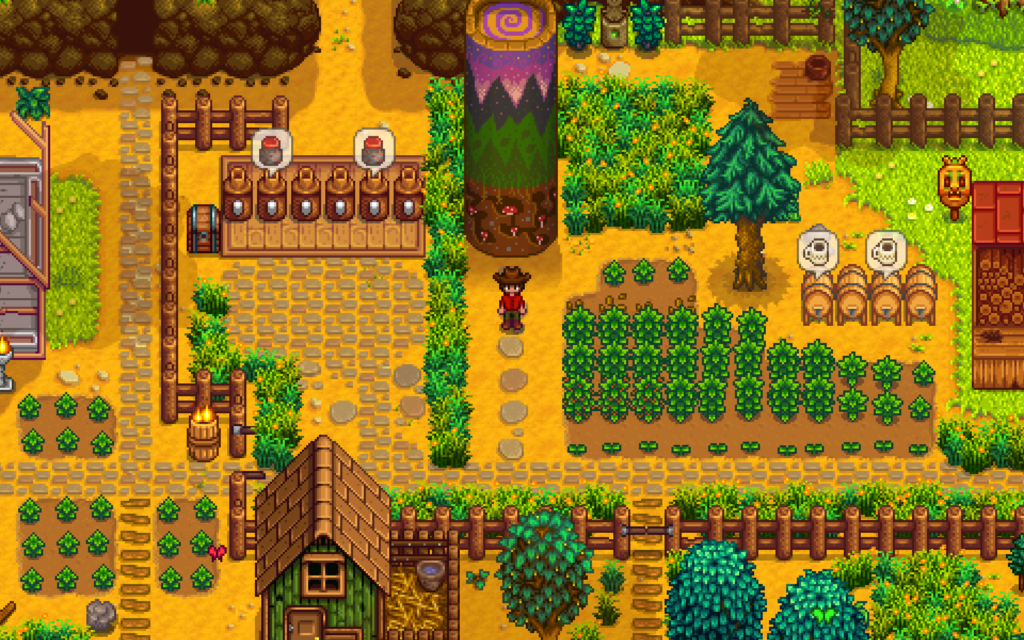
If there was any doubt, this far into the Nintendo Switch’s first year, that long-form games like RPGs or farming simulators might not find a place on this console, Stardew Valley is solid proof that’s not the case. Charming, engrossing, and relentlessly positive, it’s a game that feels tailor-made for a console that calls to players of any age or preference.
I get the sense that Chucklefish’s transition to the Switch prioritized timing over features. There’s so much potential for small details that would have really set the Switch port apart from the pack, like touchscreen support and social functions. While the Switch version is in no way a lesser version than other consoles, it’s a shame the time wasn’t taken to offer something special.
That said, there’s still a ton on offer here, and at $14.99 (matching the Steam version’s current price) the eShop pricing doesn’t feel like an attempt to exploit the Switch’s relative novelty. Stardew Valley is a worthy addition to any Switch owner’s digital library, and one that will likely stick around in the top slots on my home screen for a quite some time.
Review Copy Provided by ChuckleFish Games
